Gray’s Leaf Insect Facts
- This intriguing product of natural evolution most frequently goes by the somewhat informative common name of the Gray’s Leaf Insect. This marvel of Nature also has another, less often used common title, though. That’s the equally informative term of the Java Leaf Insect.
- Professional entomologists, however, typically refer to the remarkable species by its formal scientific name. That, however, is the truly tongue-twisting term of Pulchriphyllium bioculatum. Regardless of the tag used to refer to it, the insect remains a highly fascinating one.
- The first formal recognition of the fantastic Arthropod as a separate and distinct species occurred back in the year 1832. This event took place as a result of the diligent work of George Robert Gray, the highly respected English zoologist, and part of the British Museum.
- This particularly small but nonetheless greatly impressive animal also represented a true personal milestone for the eminent researcher. That’s because the creature also constituted the first phasmid he ever discovered. He later went on to discover numerous others, however.
- For the moment, the IUCN has no listing for the incredible Gray’s Leaf Insect on its Red List of Threatened Species. That’s due to the fact that, for the moment, at least, it appears to be maintaining a population base that’s both sizeable and sufficient within its range.
- The amazing insect must nevertheless be considered to be facing at least some potential threats to its continued existence. Given the exact nature and location of its range, habitat loss poses a potential danger. Its greatest threat, however, likely consists of climate change.
Related Articles
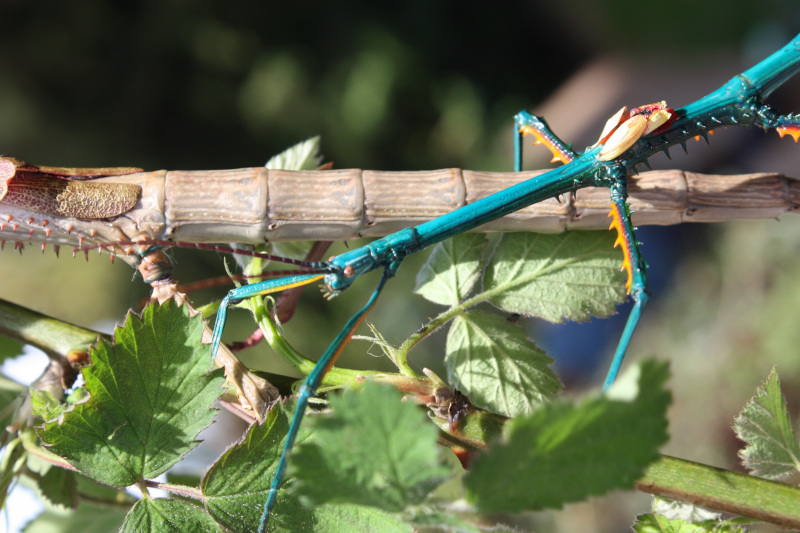

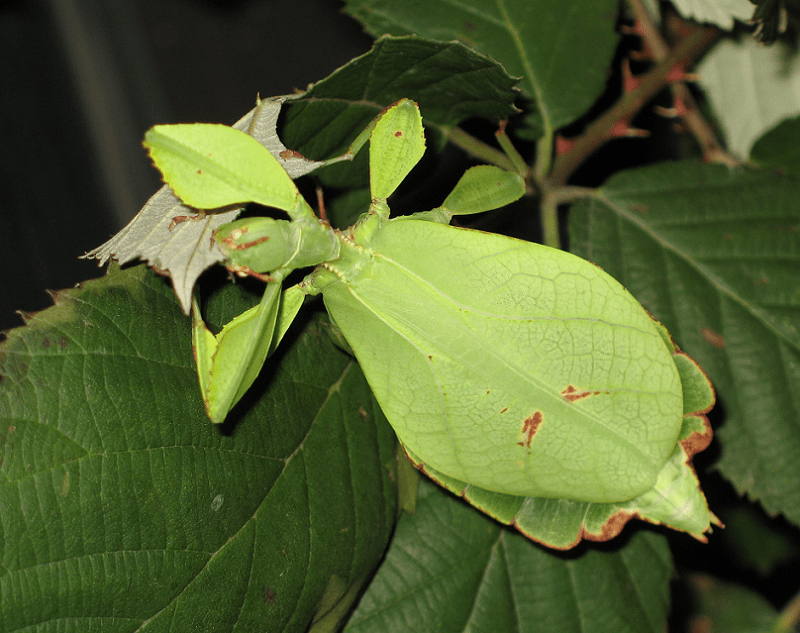
Gray’s Leaf Insect Physical Description
It’s worth noting that, while the Gray’s Leaf Insect does impress those individuals fortunate enough to encounter it, the creature does not do so due to sheer size. That’s due to the fact that it also ranks as a moderately-sized member of its Order. It’s nonetheless a fully respectable specimen.
Like many insects, this evolutionary wonder also displays a moderate degree of the physiological characteristic of sexual dimorphism. In its specific case, though, this trait mainfests itself in terms of simple physical size. Specifically, females attain a shorter length, though, thicker body.
More precisely, males of the intriguing species attain an average overall length of roughly 2.6 – 3.7 in (6.6 – 9.4 cm). The shorter females, though, only grow to an average length of 1.8 – 2.7 in (4.6 – 6.9 cm). Females of the species also develop an abdomen that remains narrower at the base.
Both sexes, however, typically manifest the same general pattern of coloring. Both the body and the legs display a primarily green background, though shades vary. Random markings consisting of such hues as bright orange and yellow also manifest, varying between individuals of either gender.
Females of the Gray’s Leaf Insect further distinguish themselves from their larger male counterparts in yet another manner. The masculine gender typically possesses significantly longer antennae than those of the females. Males, additonally possess fully functioning wings, while females do not.
- Kingdom: Animalia
- Phylum: Arthropoda
- Class: Insecta
- Order: Phasmatodea
- Family: Phylliidae
- Genus: Pulchriphyllium
- Species: P. bioculatum
Gray’s Leaf Insect Distribution, Habitat, and Ecology
Fortunately, both for the Gray’s Leaf Insect, and those of us who appreciate Nature, the marvelous insect appears to inhabit a relatively large swathe of the surface of the globe. That’s due to the fact that its known habitat range covers an extremely respectable portion of southeastern Asia.
This mesmerizing invertebrate does, however, also appear in several other regions of the world. These consist of the Seychelles, Mauritius, and Madagascar. In its main area, though, it seems widespread throughout such countries as India, Sri Lanka, China, Borneo, Java, and Malaysia.
In whatever region one encounters it, though, the creature clearly displays a decidedly strong preference in terms of its choice of habitat. The vast majority of individuals live in tropical regions. There, the arthropod mostly makes its home in sections of the locally abundant tropical rainforests.
It also evolved as highly dependant on very specific environmental conditions. These include warmer temperatures, roughly between 75 – 82 F24 – 28 C). The species further requires moderately high humdity levels, not surprisingly, given the region of the earth in which the insect evolved.
Like most of its multitudinous relatives, the Gray’s Leaf Insect additionally evolved as a strict herbivore. Wherever it lives, the insect adapts to the locally prevalent vegetation. It does, however, display certain strong preferences in its diet. These include such sweet foods as guava and mango.
During breeding season, the females lays approximately 100 eggs. They lay these, however, scattered over a period usually lasting several days. She also lays eggs with or without fertilization, in a process called parthenogenesis. Those eggs laid without fertilization invariably only produce females.
Species Sharing Its Range
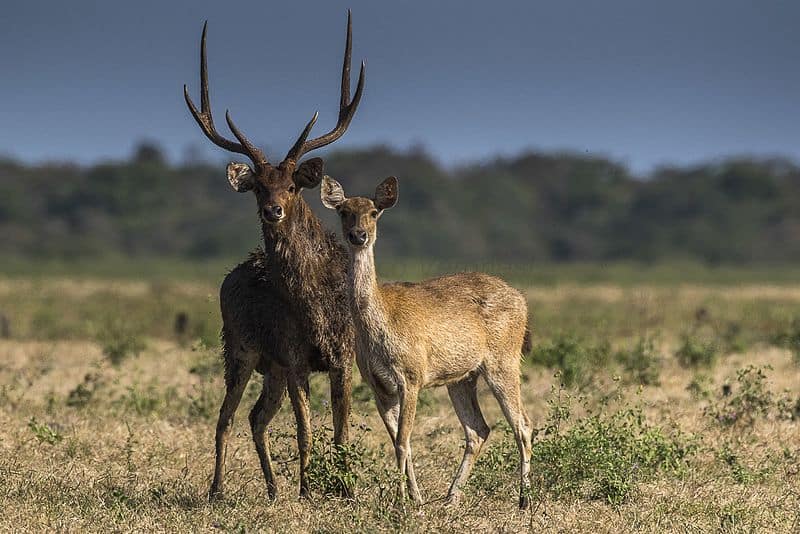

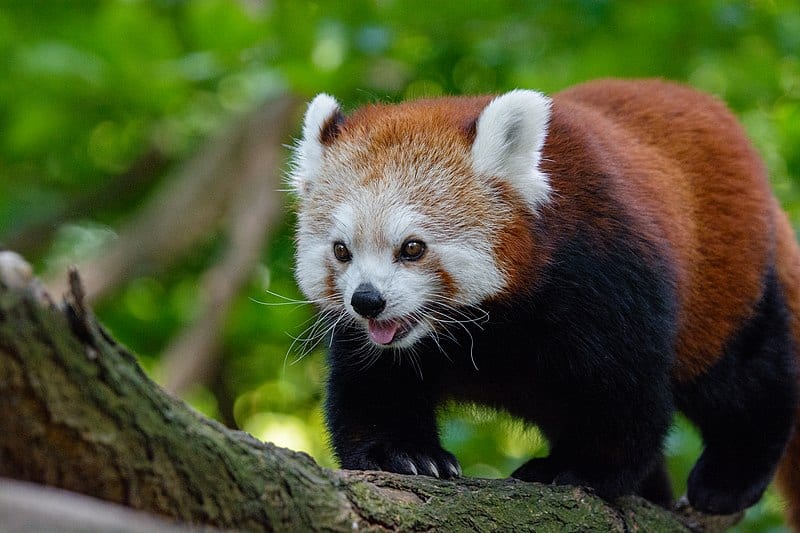
Check out our other articles on 4 North Carolina Natural Marvels, Platypus, Victoria Falls, Reef Manta Ray, Mount Ranier Lousewort, Tufted coquette, Saltwater Crocodile, Wood Frog, June Bug
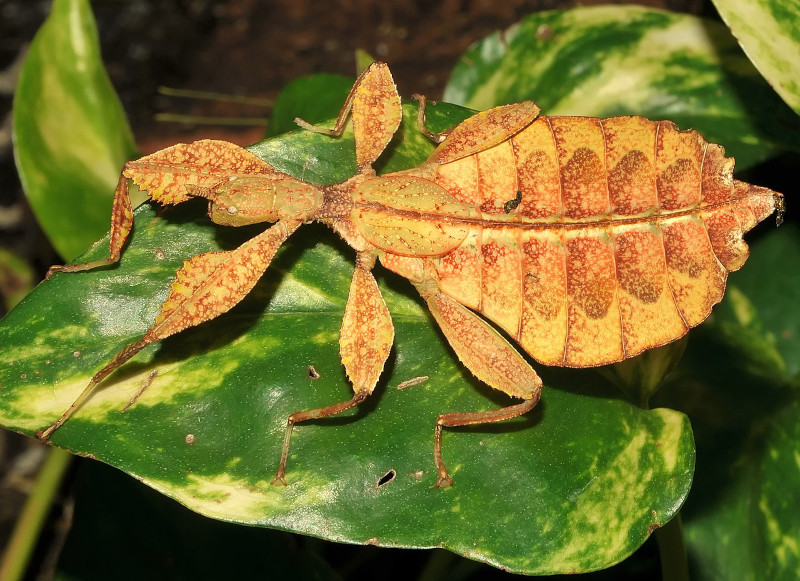
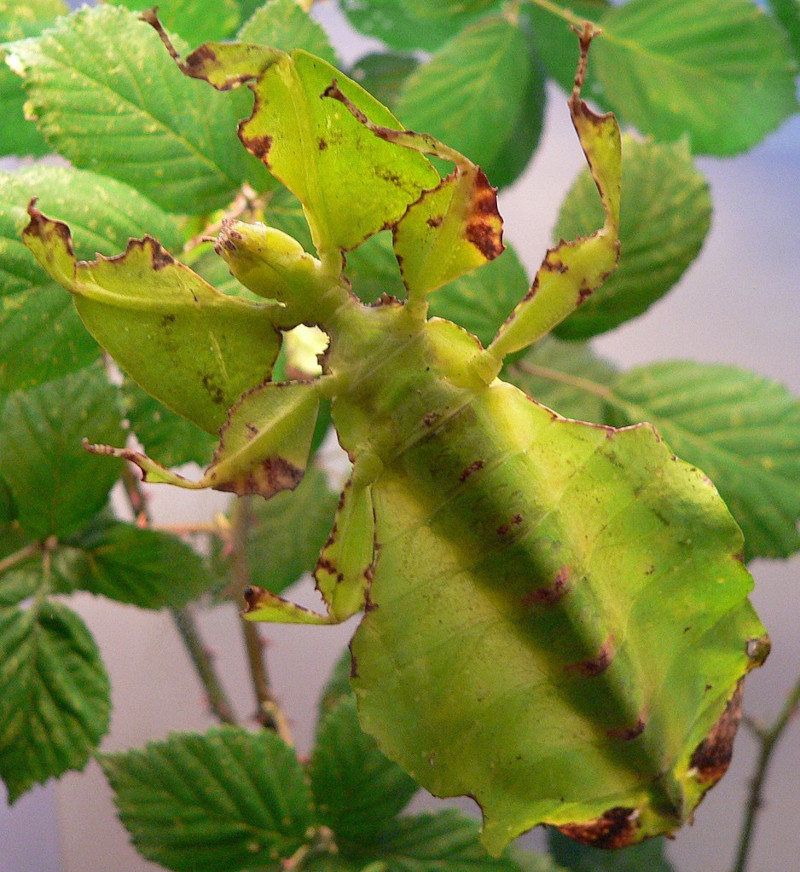
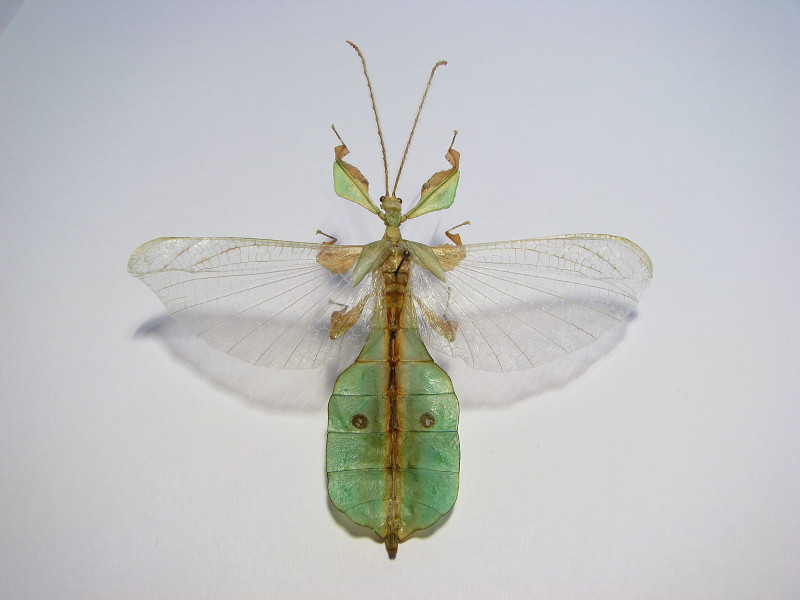









Leave a Reply